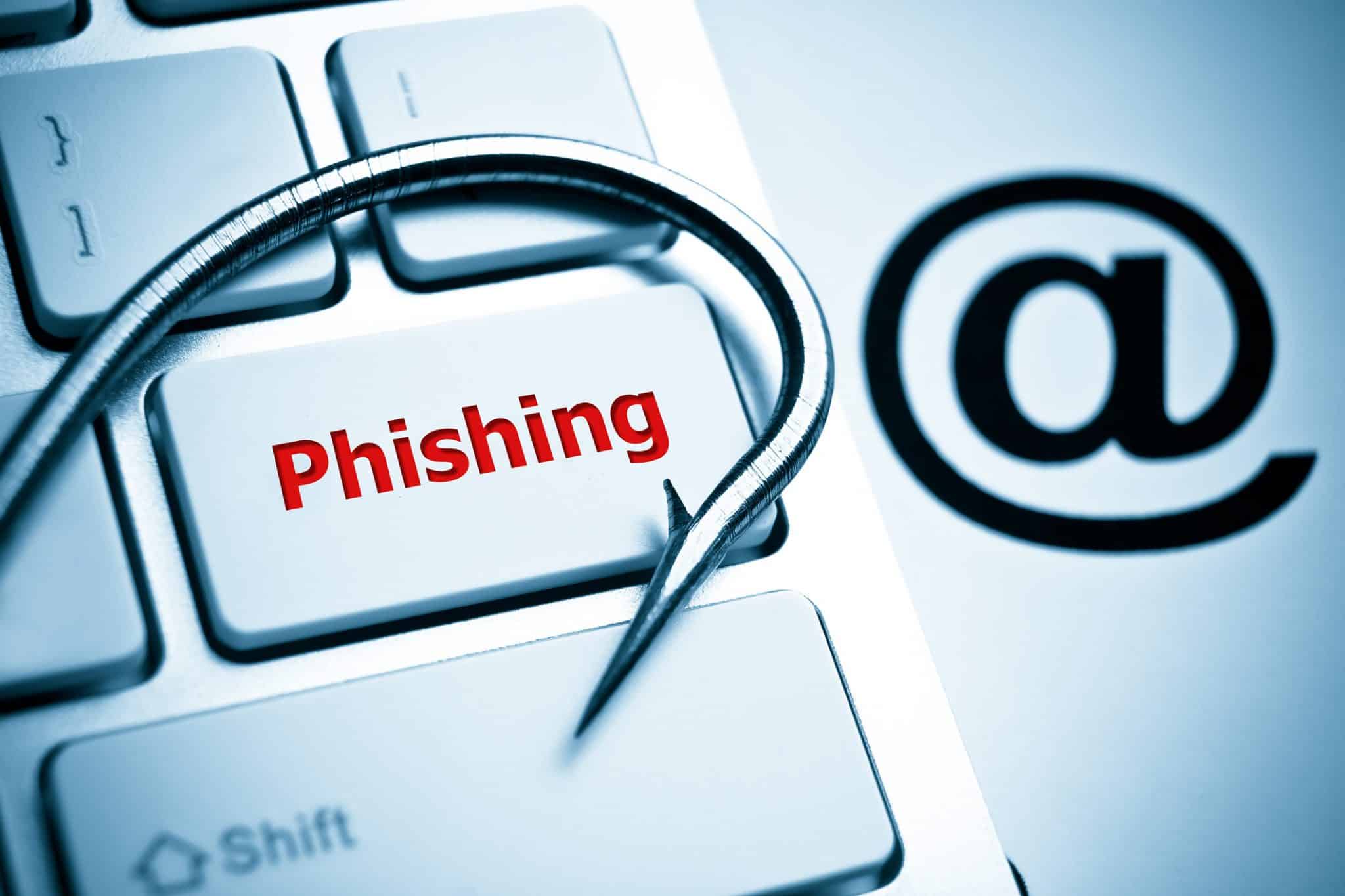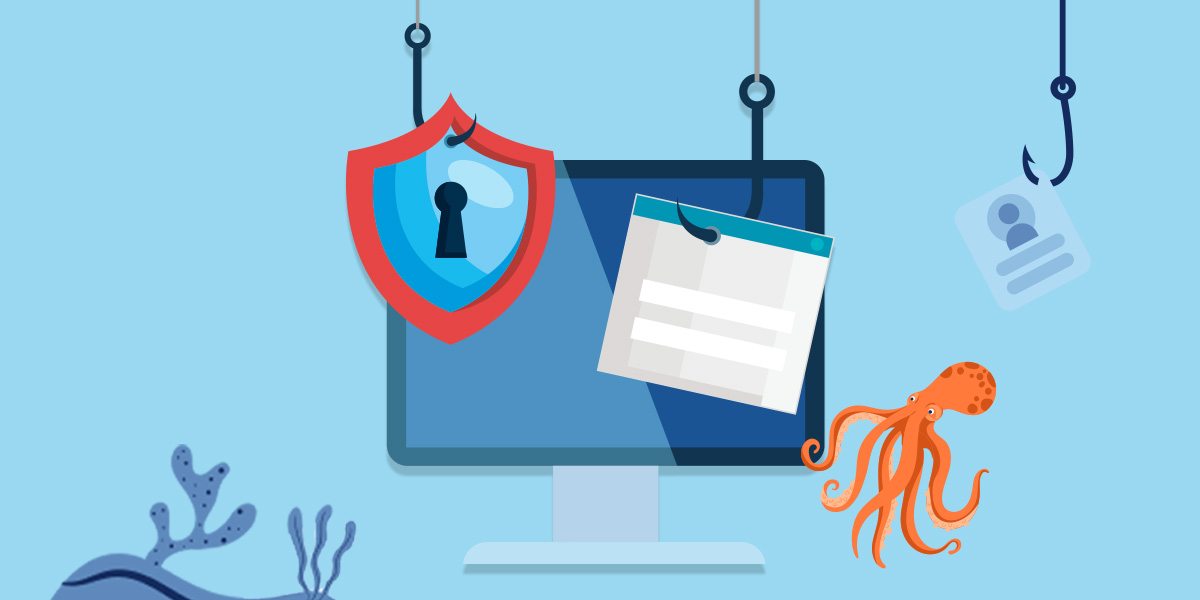Phishing emails are sneaky. They try to trick people into giving away personal information. It is important to know how to spot them. Here are the main characteristics of a phishing email!
1. Unusual Sender Email Address
Often, phishing emails come from strange addresses. The sender’s email might look similar to a real one. But if you look closely, there are small differences. For example:
- Extra letters or numbers
- Misspellings in the domain name
- Unfamiliar email domains
2. Generic Greetings
Phishing emails often use generic greetings. Instead of using your name, they might say “Dear Customer.” Legitimate companies usually address you by your name.

Credit: www.researchgate.net
3. Urgent Language
Many phishing emails create a sense of urgency. They might say you need to act fast. Phrases like “Your account will be closed” are common. This pressure can make people act without thinking.
4. Suspicious Links
Phishing emails often have links that look strange. Hover over the link to see where it goes. If it does not match the company’s real website, do not click!
5. Poor Grammar and Spelling
Phishing emails often contain mistakes. Look for poor grammar or spelling errors. Legitimate companies usually proofread their messages carefully.
6. Unusual Attachments
Be careful with attachments. Phishing emails may include files that look harmless. But they can contain viruses or malware. Only open attachments from trusted sources.

Credit: www.milnsbridge.com.au
7. Requests for Personal Information
Phishing emails may ask for personal information. This can include passwords, Social Security numbers, or bank details. Legitimate companies will never ask for sensitive information via email.
Contact Us
https://www.getresponse.com?a=VYmhw7W6hY
https://www.getresponse.com?ab=TgXgfkANPt
8. Too Good to Be True Offers
Phishing emails may promise amazing deals or prizes. If it seems too good to be true, it probably is! Always double-check such offers.
9. Misleading URLs
Sometimes, the URLs in phishing emails look real. But if you click them, they lead to fake sites. Always type the website address directly into your browser instead of clicking links.
10. Lack of Contact Information
Phishing emails often lack clear contact information. Legitimate companies provide ways to contact them. If there is no phone number or address, be cautious.
How to Protect Yourself
Now that you know the characteristics, here are some tips to stay safe:
- Always check the sender’s email address.
- Look for personalized greetings.
- Do not click on suspicious links.
- Report any phishing attempts to your email provider.
Frequently Asked Questions
What Is A Phishing Email?
A phishing email is a fraudulent message designed to trick recipients into revealing personal information.
How To Identify Phishing Emails?
Look for suspicious sender addresses, poor grammar, and urgent language requesting sensitive information.
What Are Common Phishing Email Tactics?
Phishing emails often use fake websites, social engineering, and impersonation to deceive recipients.
Why Do People Fall For Phishing?
Fear, urgency, and lack of awareness often lead individuals to respond to phishing emails.
Conclusion
Understanding what are the main characteristics of a phishing email is crucial. Being aware can help you stay safe. Always trust your instincts. If something feels off, it probably is! Stay vigilant and protect your personal information.
Explore More with GetResponse
If you are interested in email marketing, check out GetResponse. It offers tools to help businesses manage their emails and campaigns effectively.

